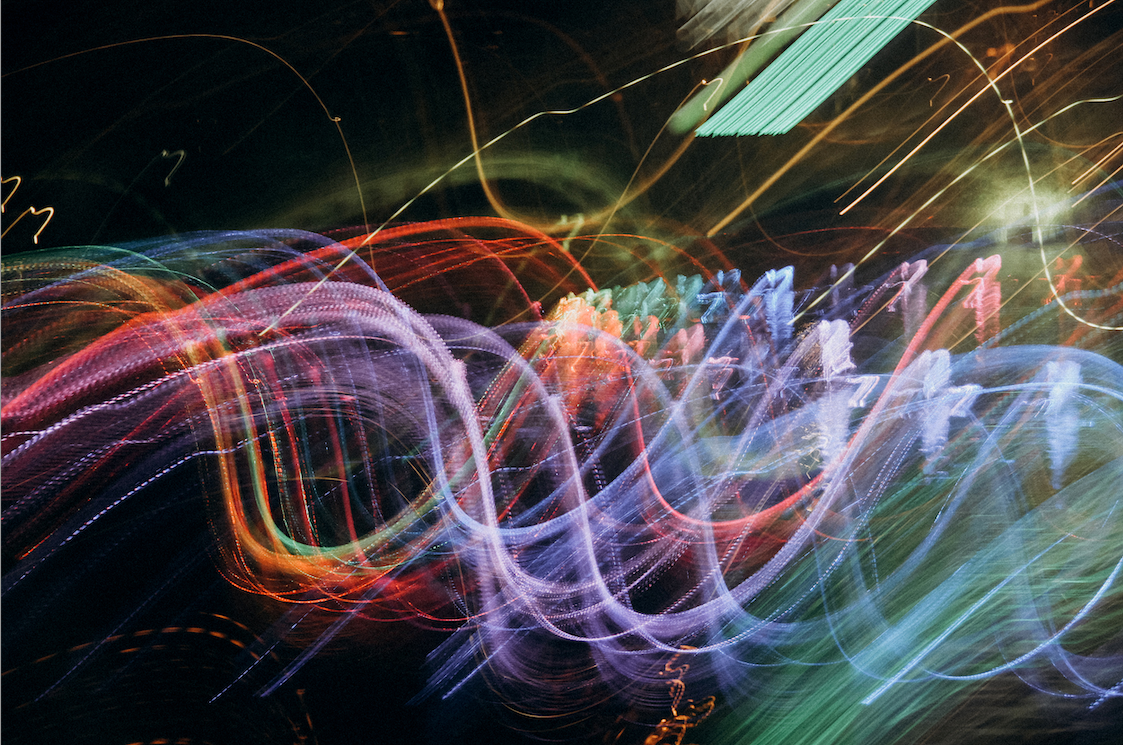Here at the Planetary Broadcast Network studios, we just had our annual Nobel Prize party and costume contest. Two of the top three awards in the “favorite scientist” costume category went to a duo of very convincing Oppenheimers, while third place went to a gender-bent rendition of Richard Feynman—I guess I really need to revamp my tired old Paracelsus costume.
The Nobel selections raised some eyebrows, as always. As our cadre of diehard science watchers gathered around the punchbowl, there was some grumbling about the committee “just choosing research that makes good sound bites.” I won’t go so far as to accuse the Nobel panels of only seeking out good press, but some of these do contain pretty catchy terminology. As we’ve discussed here before, “quantum” is the buzzword of the moment, and the awards for both physics and chemistry went to researchers who are working at extremely tiny scales.
The physics award went to a team of researchers—Pierre Agostini, Ferenc Krausz, and Anne L’Huillier—who discovered a way to make extremely short pulses of light. By “extremely short” I mean these bursts of photons are measured in attoseconds. If you’re not up to speed on the latest horology jargon, an attosecond is 0.000000000000000001 of a second—that’s seventeen zeroes and a one, or 10 to the power of negative 18. If you’re having a hard time coming to grips with the concept, you’re not alone. It’s a period of time so brief that there are roughly as many attoseconds in one second, as there are seconds in the age of the universe.
These attosecond pulses can be used to capture images of the interactions of electrons that were previously impossible to perceive. The potential uses are myriad; for example, researchers hope to see the forming and breaking of chemical bonds, to track the movement of electrons within conductive materials, and to identify individual molecules for medical diagnostic applications.
The chemistry award went to a group of researchers who discovered and refined a class of nanoparticles known as quantum dots. These are crystalline particles made up of only a few thousand atoms, that fluoresce brilliantly; that is, they absorb one color of light and reemit it nearly instantaneously as another. They’re so small that their properties are defined by their size. This has been understood on a theoretical level since the 1950s, but it wasn’t until the 1980s that Russian physicist Alexey Ekimov was able to produce different colors by varying the size of the nanoparticles of copper chloride suspended in glass. This was followed shortly by the work of Louis Brus, who achieved a similar effect with nanoparticles floating in liquid. Finally, in 1993 MIT chemist Moungi Bawendi refined the production of quantum dots, increasing their precision and uniformity, making commercial applications viable. Today, quantum dots are primarily used in QLED screens, with many other applications on the horizon.
The size of a quantum dot is somewhat easier to conceptualize than the brevity of an attosecond. Simply put, a quantum dot is to a soccer ball, roughly as a soccer ball is to the Earth. In particles this small the room for electrons is reduced, causing quantum effects. The larger the dot, the more it approaches red, while smaller dots are seen as green or blue. This has huge advantages for manufacturing colors; rather than relying on chemical properties to produce the desired hues, colors can be created by modifying particle size. Colors created in this way are much more resistant to bleaching and fading, and can potentially reduce the use of harmful chemicals in dyes and pigments.
Researchers believe that quantum dots will be seen soon in applications beyond TV screens. They will be instrumental in creating flexible electronic devices and solar power cells, and they can be used for enabling encrypted quantum communication as well. Perhaps more importantly, they have given us more information on the weirdness of the quantum world. Learning to manipulate matter at this scale is similar to understanding the ones and zeroes of computer code.
If you’d like to tamper with the codes underlying our reality, keep your dial tuned to the Planetary Broadcast Network. We’ll bring you all the news you need to know to be an informed citizen, as well as all the latest developments in science and technology at any scale.

